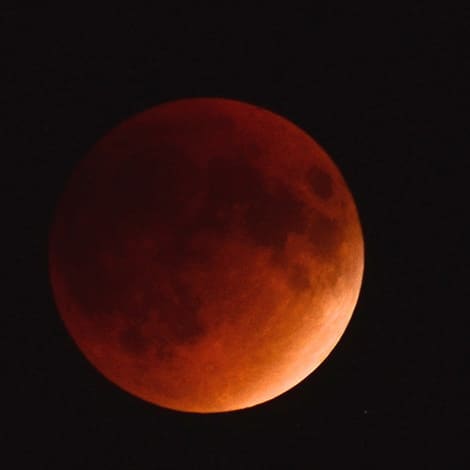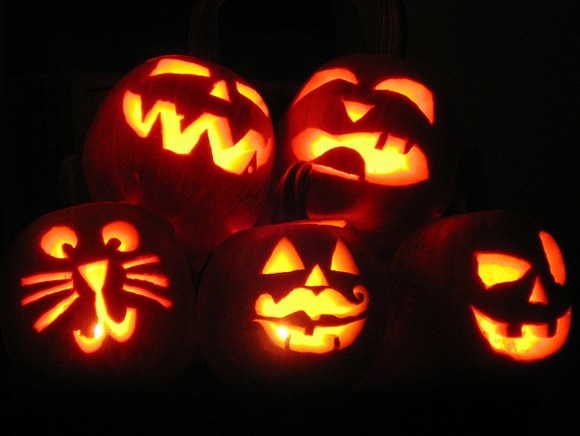 Photo Credit: alexbarrow via Compfight cc
Photo Credit: alexbarrow via Compfight cc
“I was born on the night of Samhain, when the barrier between the worlds is whisper-thin and when magic, old magic, sings its heady and sweet song to anyone who cares to hear it.” — Carolyn MacCullough, Once a Witch
Many modern day holidays have their origins in the past. Halloween, in particular, has a strange and convoluted history. It started out as a traditional pagan celebration. It was then "Christianized." Today it is an interesting combination holiday, with roots in two worlds.
Be There or Beware!
The word Halloween is a contraction of the phrase "All Hallows' Eve." In modern times, it is considered a holiday celebrated by some countries. This annual event takes place on October 31.
Across the globe, children gather to receive candy, dressed in a variety of costumes from superheroes to ghouls. Their parents party hard in costumes of their own. Halloween has taken back the spirit of Samhain and embraced the attitude of Mardi Gras. Welcome to the Masquerade!
In the Beginning, There Was Samhain
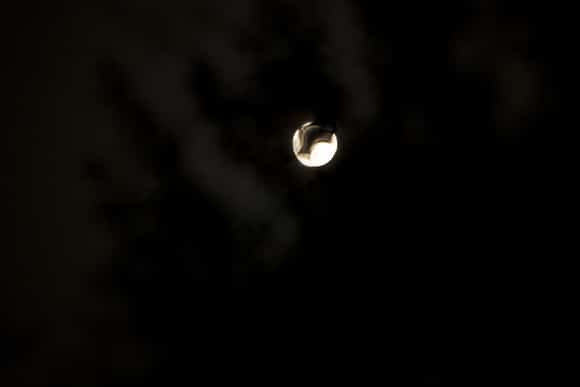 Photo Credit: rcbodden via Compfight cc
Photo Credit: rcbodden via Compfight cc
Virtually all present Halloween traditions can be traced back over 2,000 years to the ancient Gaelic people's "Day of the Dead," also known as Samhain. The Celtic (Gaelic areas) encompassed what is now the United Kingdom, Ireland, and France.
It marked the end of the harvest season and the beginning of wintertime. Goodbye to the light, hello to the "darker" half of the year.
The word Samhain comes from the Celtic word "sam" which means summer and the word "fuin" which means end. These festivities were to mark the boundary between seasons, and also to celebrate the thin line separating the living from the dead.
The tradition of wearing costumes began during this time. The people would wander through the night disguised in costumes. They were trying to distract and fool the trickster gods and the evil spirits that they believed were taking an annual outing.
It was not unusual for ancient Samhain rituals to include animal and occasional human sacrifices to the gods.
Huge bonfires were set throughout the countryside. It was believed that during the Samhain, the sometimes angry and fickle gods and the spirits of the dead came to back to life. People believed that the dead walked the earth, causing trouble for humans and crops alike on this night.
Halloween customs originated from these Celtic traditions. The otherworldly celebration included a powerful belief in supernatural creatures like the walking dead, fairies, shapeshifting wolves, witches, and demons. All the spirits were said to come together on Samhain.
Druids (Celtic priests) were involved in directing activities and making new prophecies. They were also there to comfort their people as they prepared for the long darkness and bitter cold of winter. The Druids were the educated class who represented a hierarchy in both religion and society.
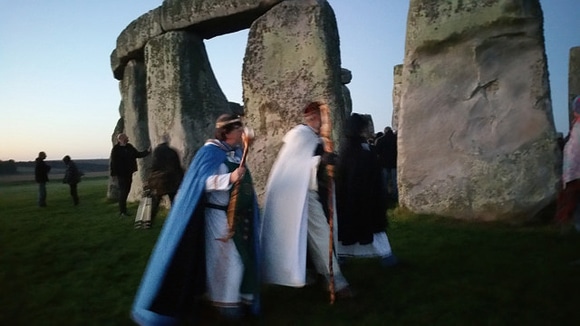 Photo Credit: The Stonehenge Stone Circle Website via Compfight cc
Photo Credit: The Stonehenge Stone Circle Website via Compfight cc
Christianity and Halloween
Christianity began to spread throughout the Celtic regions through missionaries and monks between the 6th to 8th centuries. In a struggle for the people's belief system, Christians labeled the pagans as "evil" and accused them of devil worship.
The old beliefs were intentionally changed into something more acceptable to the church. Pope Gregory I (601 AD) issued a mandate to his missionaries regarding Celtic customs and beliefs. In one of the world's most brilliant efforts to convert people, the Pope instructed that instead of banning a practice, it should be transformed. For instance: if natives were worshipping a tree, the tree should become a place of Christian worship.
In order to seamlessly remove Samhain from the calendar, Pope Gregory III (eighth century) designated the date as a time to honor saints and martyrs. They renamed the holiday as "All Saints’ Day", which became "All Hallows Eve".
Supernatural Symbolism and Traditions
Samhain pagan celebrations continued with bonfires and rituals. The flames, smoke, and ashes were all supposed to part of a purification and cleansing process. Some scholars claim that the fire at nighttime evoked magic and lit the dark in the coming winter.
When the missionaries re-labeled the holy days, they called the Druids and their proclamations about the "wandering dead" devil-worshipping evil. The Celts' supernatural underworld became the Christian Hell. Every attempt was made to focus on Christian saints.
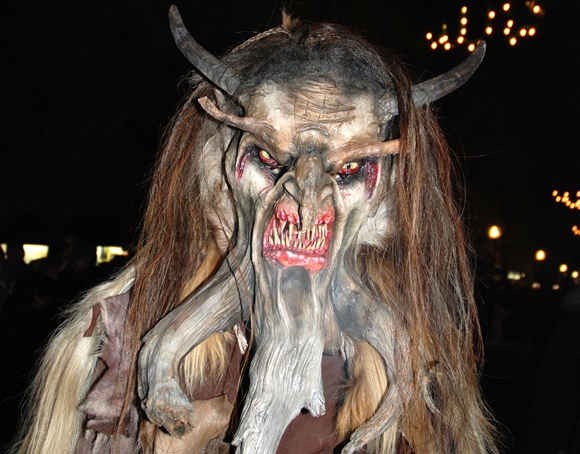 Photo Credit: gholzer via Compfight cc
Photo Credit: gholzer via Compfight cc
The traditional Celt gods of Samhain were symbolized as demons first associated with the harvest.
Over time, all the supernatural symbols still represented the holiday. The full harvest moon, the wandering souls of the dead, witches, wolves and devils survived the Christian transformation. Some more magical beings took a larger role, so fairies, leprechauns, and gnomes were also featured.
The night of October 31, now "All Hallows Eve" generated a lot of activity. The Celts, now more than ever, had come to fear the supernatural as evils that the saints must protect them from.
To protect themselves from the creatures that were roaming around the countryside, people began to leave fruit, food and drink for them. The idea was that it's best not to meet a hungry demon in the dark.
People once again started to dress like the feared creatures of the night. They also began to practice "Mumming". In exchange for allowing a costumed person to eat the food and drink that had been set aside, they were allowed to perform tricks.
This practice also played out in the 1800's in England when cakes were made for the wandering souls of the dead. And people would go "souling" from house to house to receive their cakes.
The harvest celebration mainstays were bobbing for apples and carving vegetables (think pumpkins). Later (when the humans started consuming the food) treats like fruit, nuts, homemade cider, and sweet cakes were added to the feast.
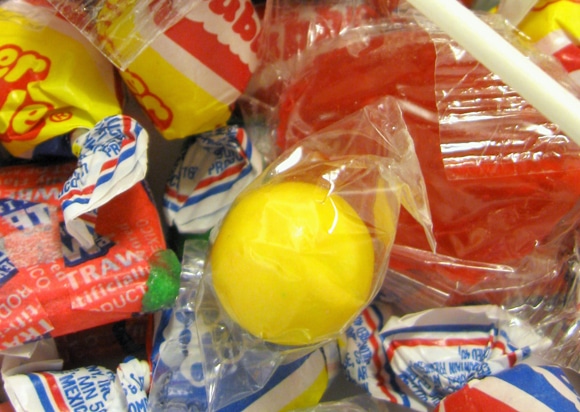 Photo Credit: jessebucksc via Compfight cc
Photo Credit: jessebucksc via Compfight cc
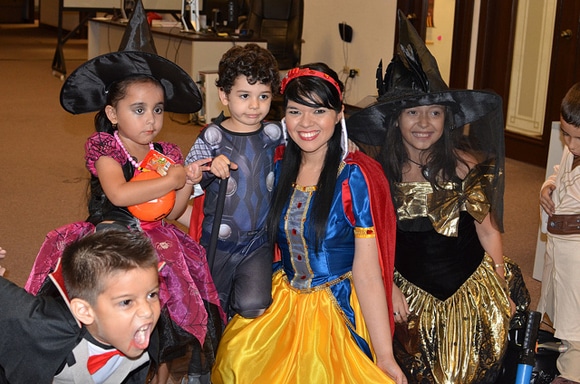 Photo Credit: Nearsoft via Compfight cc
Photo Credit: Nearsoft via Compfight cc
The Candy Industry Booms
These offerings to the demons and the concept of "Mumming" and "souling" eventually turned into the Halloween "trick-or-treat" phenomenon.
In the early 1900's, candy makers and bakers recognized Halloween as a tremendous marketing opportunity. They started manufacturing more seasonal cakes and confections.
It has been estimated that Americans spend an around $2 billion on candy during the Halloween season. This is approximately 25% of all candy sales annually.
The California Milk Processors Board claims that "an average Jack-O-Lantern bucket carries about 250 pieces of candy, amounting to about 9,000 calories."
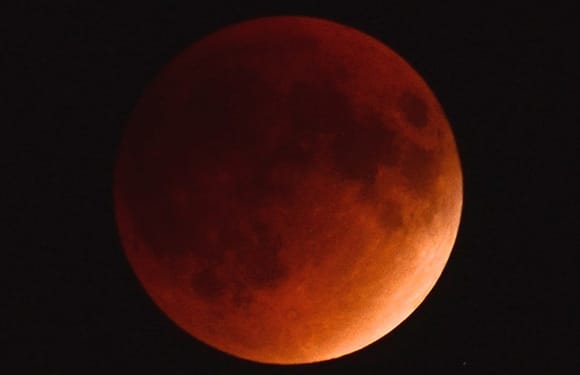 Photo Credit: Joe Shlabotnik via Compfight cc
Photo Credit: Joe Shlabotnik via Compfight cc
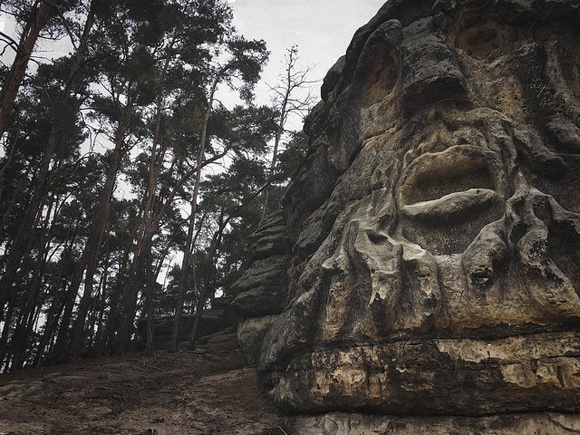 Photo Credit: zyphichore via Compfight cc
Photo Credit: zyphichore via Compfight cc
Welcome to the Masquerade!
So there you have it! Halloween is still a time of magic. Some children get frightened, but most get a sugar rush. Modern day witches cast "white" magic spells. Adults celebrate in the streets of most American cities. There are candlelit jack o' lanterns, costumes and treats.
Today Halloween is a holiday that features more secular, local based events and activities. But it hasn't always been so child-friendly and fun. So stay safe and avoid the ancient things that may or may not still go "bump in the night."
Sources:
- The History of Halloween, uncredited article, History Channel site: http://www.history.com/topics/halloween/history-of-halloween
- Halloween – Wikipedia: https://en.wikipedia.org/wiki/Halloween

